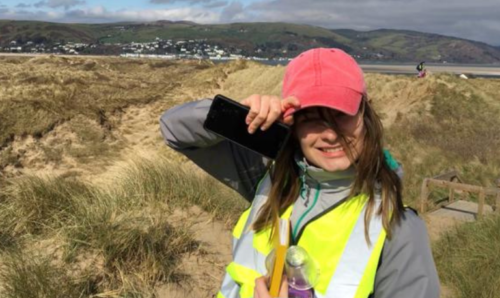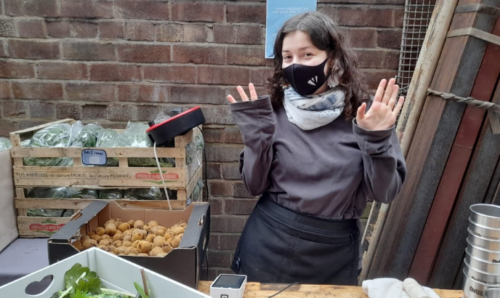The Long Walk Down: Virtual Field Course in Environmental Science
Student experience Welcome to EES 15th January 2021
Dr Paul Connolly shares content from our undergraduate Environmental Science field trip to Tenerife, showing us how this has been adapted for current virtual teaching and learning circumstances. Join us on the long walk to Arafo!
In the third year of their degree in the Department of Earth and Environmental Sciences undergraduate students on all Environmental Science pathways undertake a week-long field-course to Tenerife. During this field course students have the opportunity to study a complete environmental system and links between different aspects of the system. Topics that our students gain first hand experience of range from: the collection and analysis of meteorological and biological field data, an understanding and appreciation of how aspects of the natural environment impact on bio-zone affiliation, volcanic and erosion processes, and an appreciation of sustainable development to mention a few. The field-course is one of the highlights of the Environmental Science programme, and allows our final year students to put into practice what they have learned throughout their degree in the natural laboratory of Tenerife.
Unfortunately, the 2020 field-course was cancelled due to the COVID-19 global pandemic, but that did not stop our students from experiencing an excellent virtual field course put together by a small team of enthusiastic lecturers. During the field-course week synchronous activities were delivered using Zoom and involved lectures on a variety of topics throughout the week by the teaching team. The virtual field course also made available asynchronous videos of the daily activities, such as “the long walk down” from the mountain ridge at 2000m above sea level into the Güímar Valley, and the “hike around the Caldera” involving an assessment of the stress levels of plants at Las Canadas where fresh water availability is a key stressor. However, it also involved interactive “hands-on” activities where students, for example, could run a computer simulation model to understand the effects of both Mt Teide and atmospheric aerosol particles, on rain-fall—a vital source of fresh water for Tenerife. It turns out that atmospheric aerosol particles emitted by pollution sources, or from dust particles swept-up and transported from the Sahara Desert, can have significant impacts on rainfall patterns over the islands. Isn’t that profound?
At the end of the virtual field course, following a week of exciting activities and discussions, our students were asked if they had any further questions. Their replies humbled us.
aerosol particlesbio-zone affiliationdust particlesEnvironmental Scienceerosion processesGüímar ValleyLas Canadasmeteorological and biological field datarainfall patternsSahara Desertsustainable developementvolcanic processes




Leave a Reply